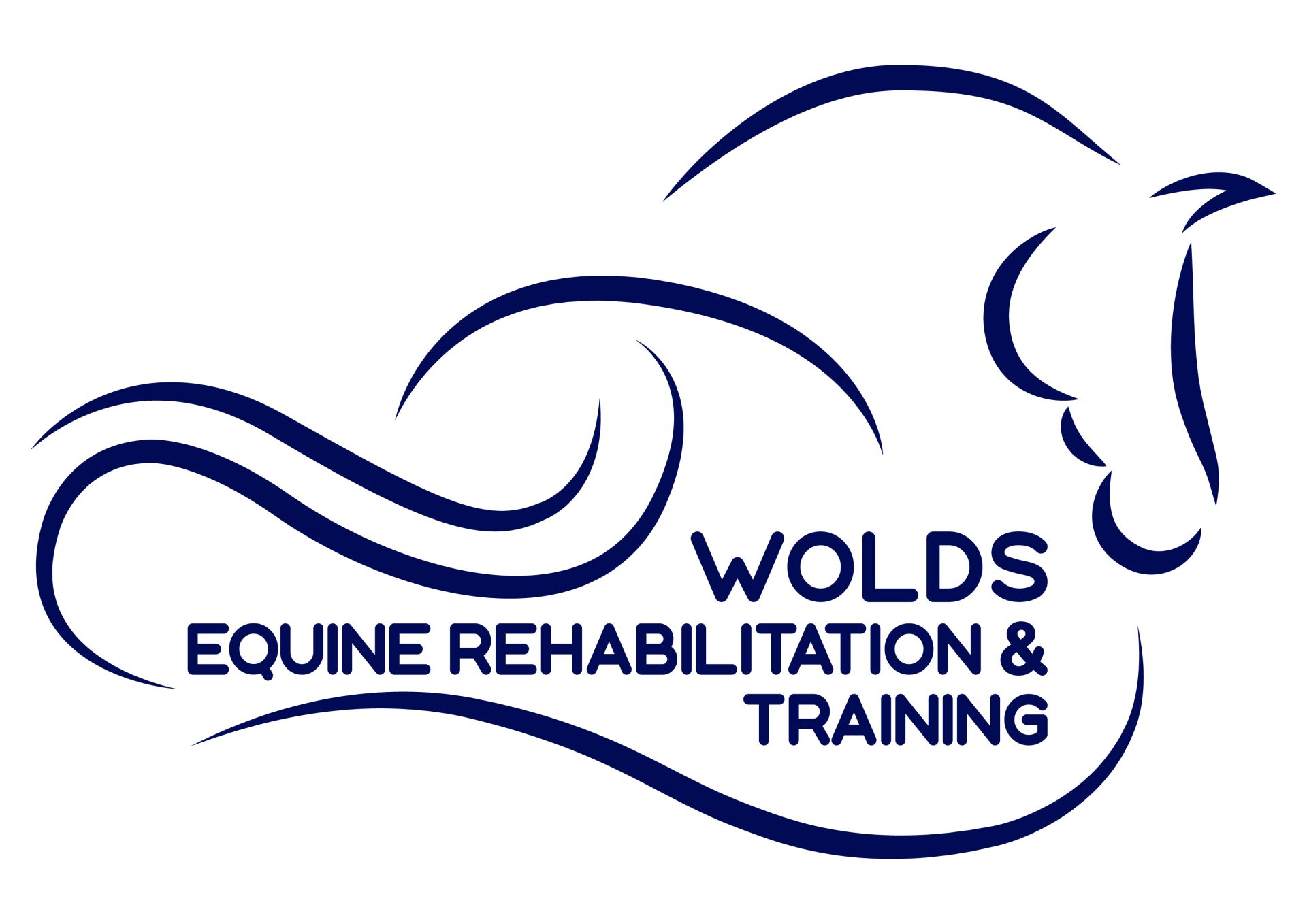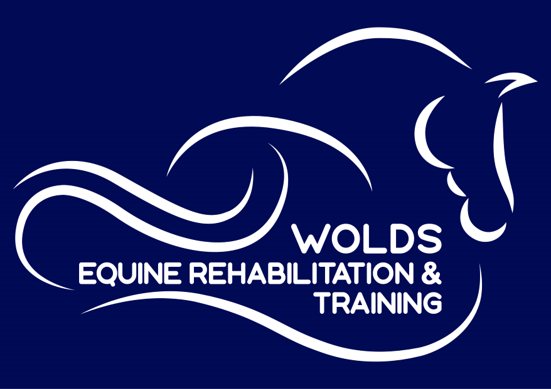Compression involves applying steady, rhythmic pressure to a specific area of the horse’s body. This pressure can vary in intensity, depending on the desired outcome and the horse’s condition. The technique is often performed using the practitioner’s hands, forearms, or specialised tools to target large muscle groups, such as the gluteals, hamstrings, or long back muscles.
By compressing muscles, the technique stimulates mechanoreceptors in the skin and underlying tissues. This stimulation can help improve circulation, relax tense muscles, and prepare the horse for physical activity or recovery.
The terms vasoconstriction and vasodilation describe the narrowing and widening of blood vessels, respectively. These processes are crucial for regulating blood flow, nutrient delivery, and temperature control in the horse’s body. Compression techniques in massage can influence these processes through mechanical and neurological pathways:
Vasoconstriction:
- Initially, the application of pressure can cause a temporary narrowing of blood vessels, a response known as vasoconstriction.
- This process occurs as the body reacts to the pressure by constricting vessels to limit blood flow in the immediate area.
- Vasoconstriction can help reduce localised inflammation and alleviate pain by minimising the delivery of pro-inflammatory mediators to the area.
Vasodilation:
- Once the pressure is released, the blood vessels respond by dilating, a phenomenon known as vasodilation.
- Vasodilation increases blood flow to the area, bringing oxygen and essential nutrients while removing metabolic waste products.
- This response supports tissue recovery, reduces muscle fatigue, and enhances overall relaxation.
The alternation between vasoconstriction and vasodilation during compression massage offers several benefits for equine health:
- Enhanced Circulation: The rhythmic application and release of pressure act like a pump, encouraging blood flow and lymphatic drainage. This is particularly beneficial for horses recovering from exercise or injury.
- Reduction in Muscle Tension: Compression relaxes tight muscles and improves their elasticity, enhancing range of motion and performance.
- Pain Relief: By modulating blood flow and reducing inflammation, compression can help alleviate pain associated with muscle strain or overuse.
- Nervous System Regulation: Compression stimulates sensory receptors, promoting relaxation through the parasympathetic nervous system. This is especially useful for anxious or stressed horses.
When incorporating compression into equine massage therapy, it is essential to consider the following:
- Pressure Intensity: The amount of pressure applied should be tailored to the horse’s comfort level and physical condition. Excessive force can cause discomfort or exacerbate underlying issues.
- Duration and Frequency: Short, rhythmic compressions are generally more effective than prolonged pressure. Sessions should be spaced appropriately to allow the horse’s body to recover and adapt.
- Observation: Always monitor the horse’s reactions during the massage. Signs of relaxation, such as licking, chewing, or a lowered head, indicate that the technique is working effectively.
Compression is a powerful tool in equine massage therapy that influences vasoconstriction and vasodilation to promote circulation, reduce pain, and enhance recovery. By understanding and applying this technique with care, practitioners can significantly improve the health and performance of their equine clients.
As with any therapeutic intervention, it is essential to approach compression with a thorough understanding of the horse’s anatomy and needs, ensuring a positive and beneficial experience for both horse and therapist.
This massage debate is just one of many engaging topics you’ll find in our Free Wolds Advent Calendar. Throughout December, we’re offering daily insights, tips, and discussions to keep your equestrian brain ticking over the holiday season.
From practical advice to fun conversations, there’s something for everyone.
Whether you’re team pre-ride or team post-ride, let us know your thoughts. Join the conversation—we’d love to hear from you!
Click the Register for Free button below to enrol in the Wolds Advent Calendar!
If you are interested in learning more on a monthly basis, why not click the button below and subscribe to the Wolds Monthly CPD service giving you 2 hours of CPD a month for only £5.35 a month.


